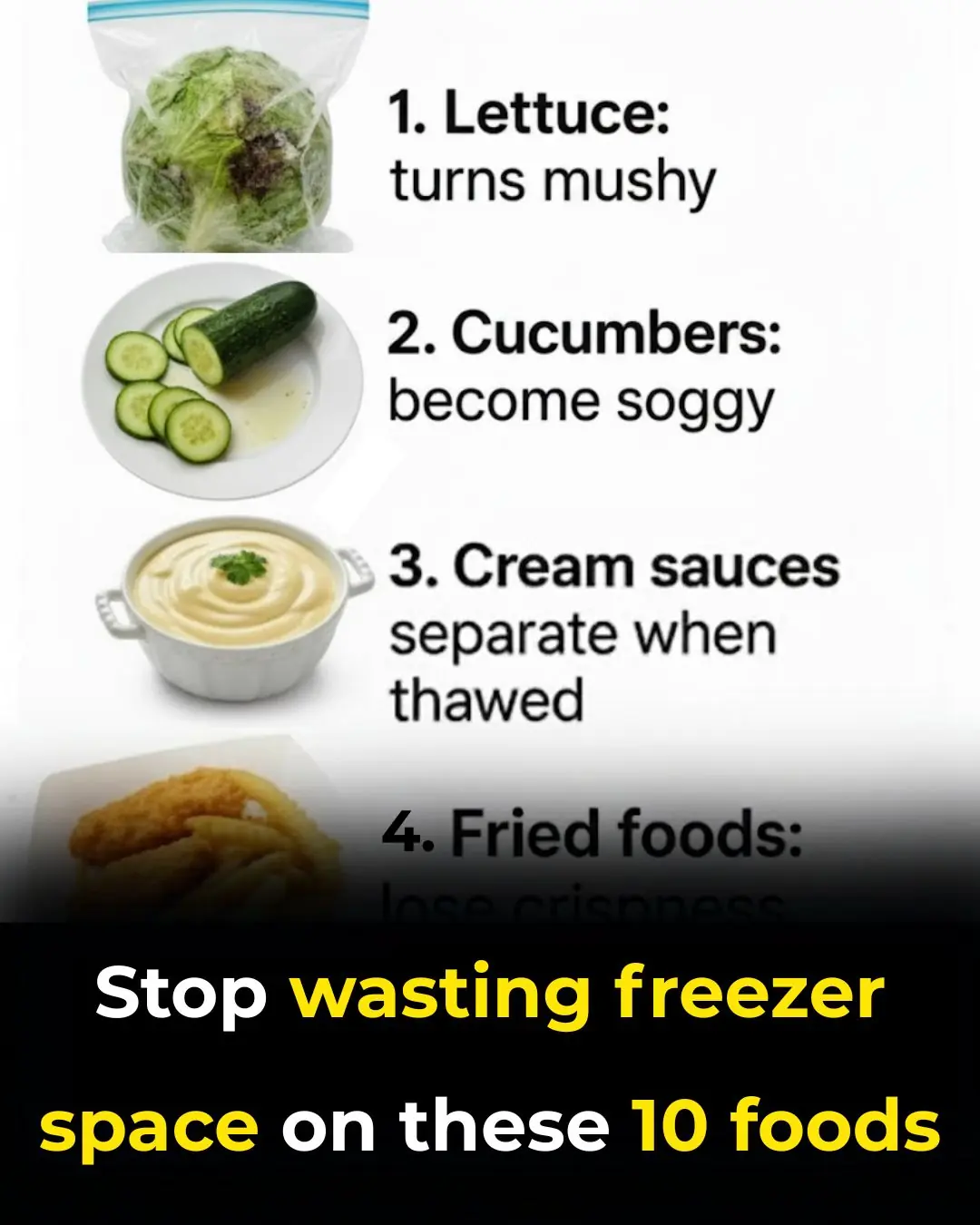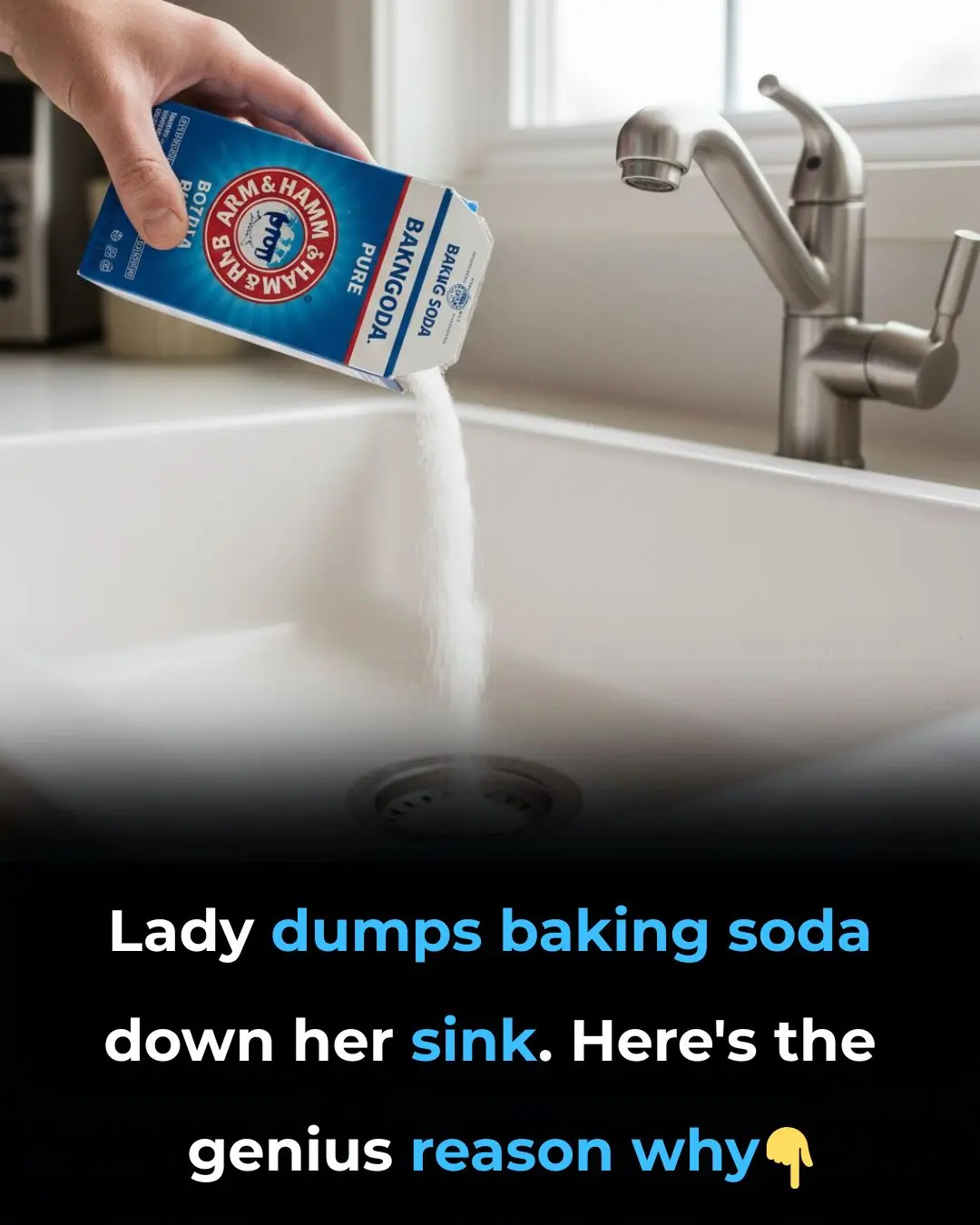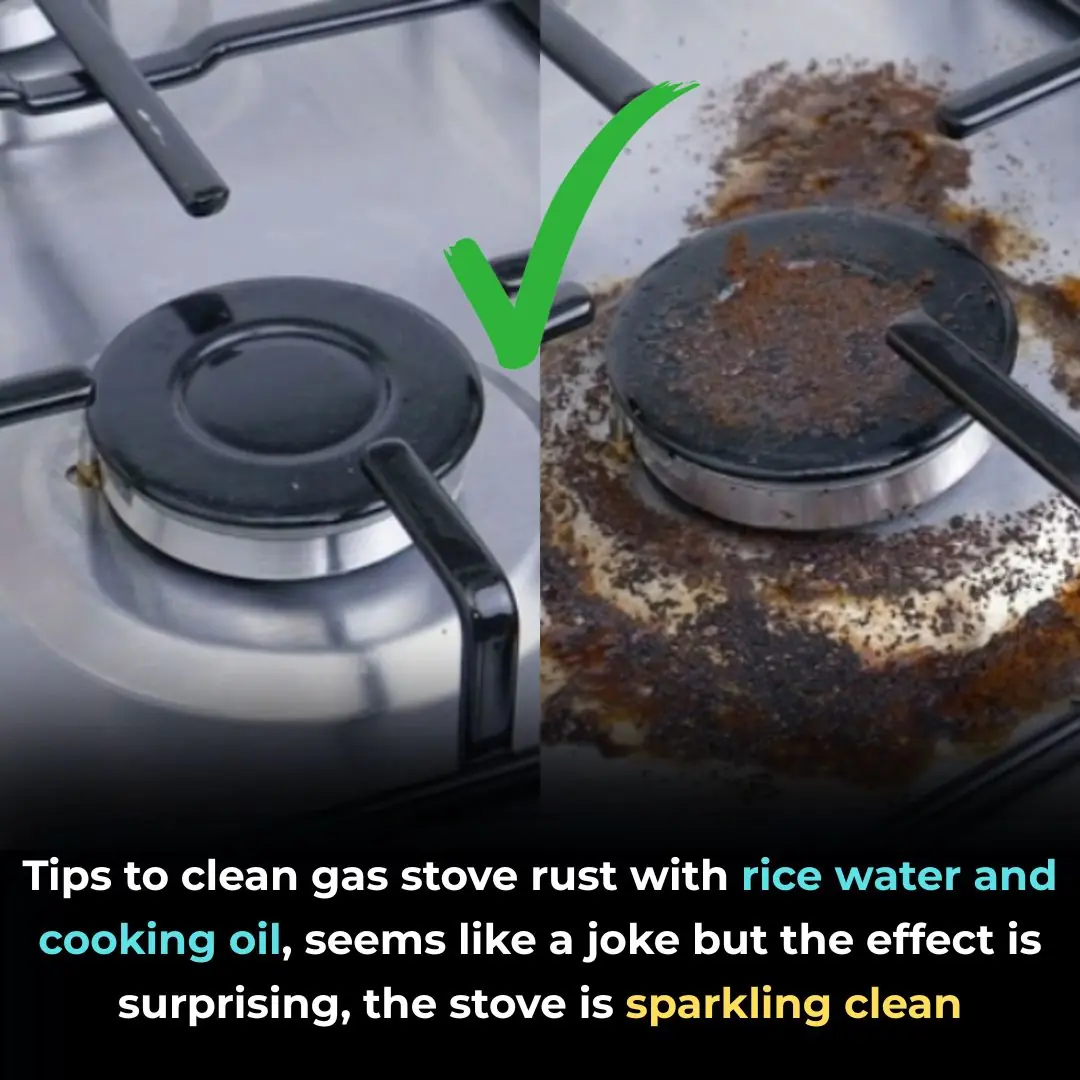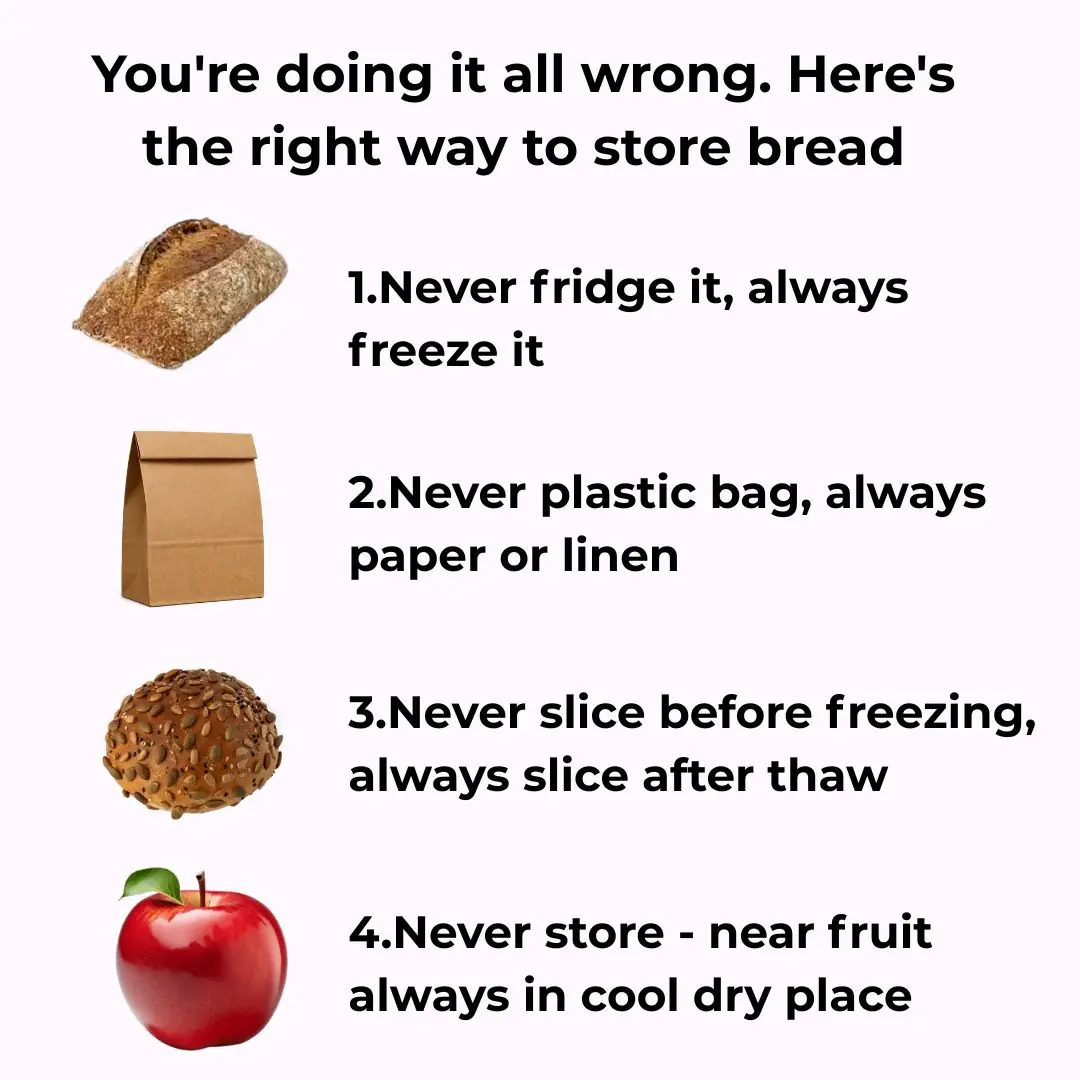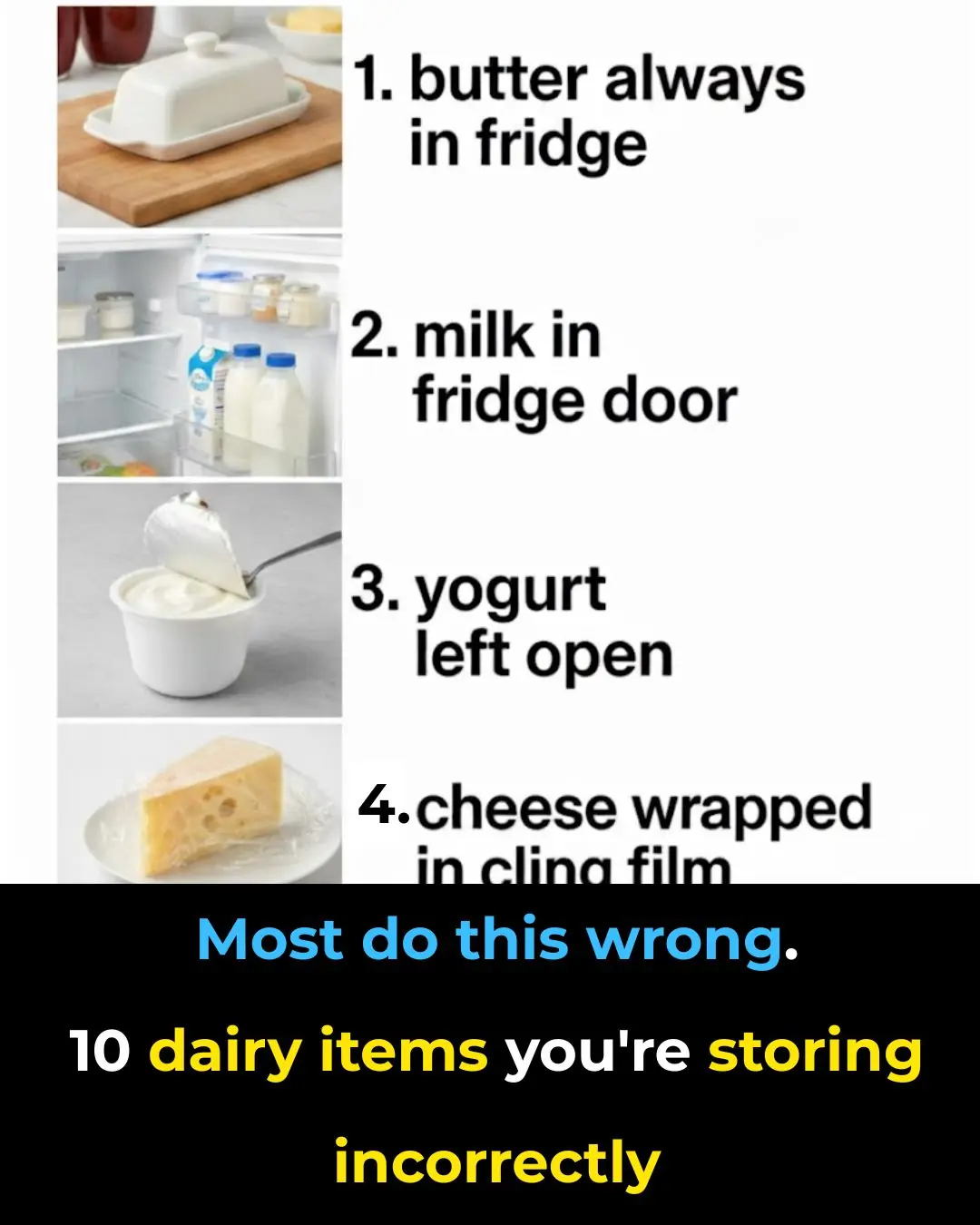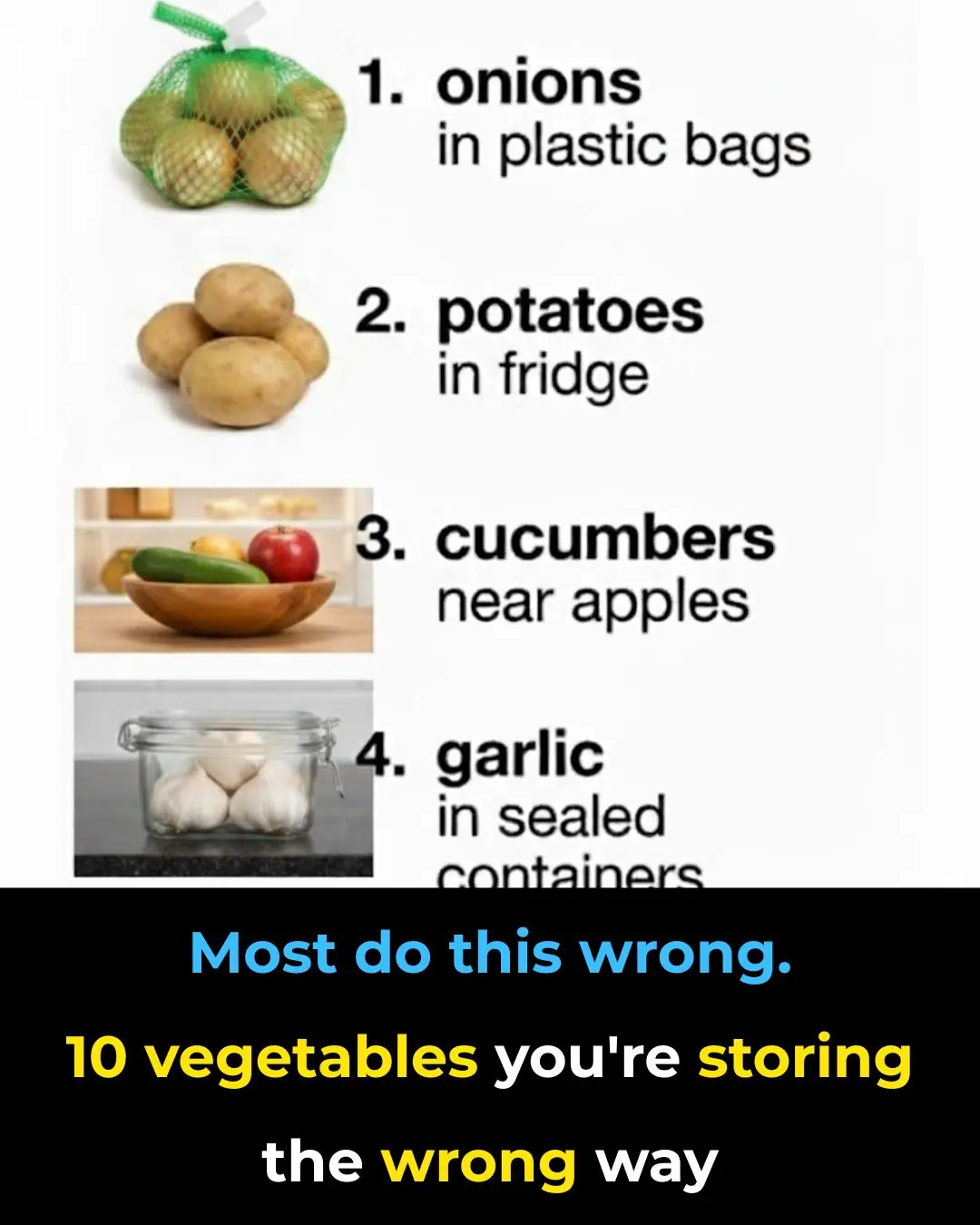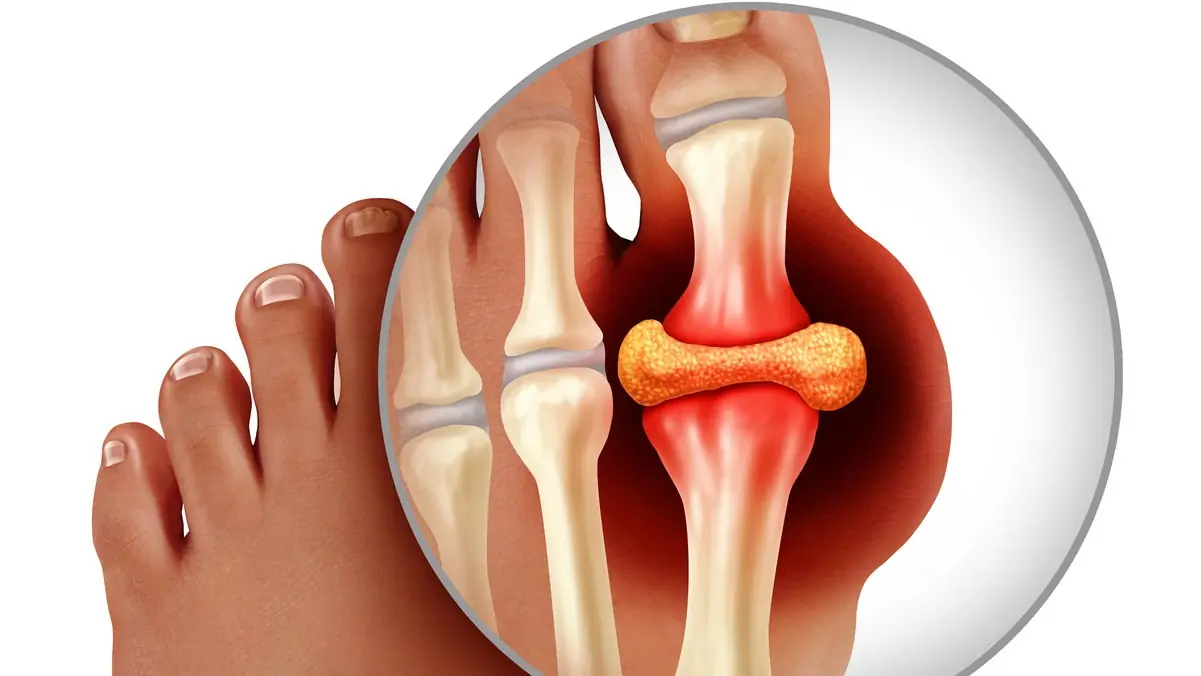The freezer is a modern marvel, preserving our foods and extending their shelf life. However, not everything benefits from being frozen. In fact, some foods can be completely ruined by the freezing process, leading to wasted food and wasted space. Knowing what not to freeze can save you time, money, and prevent disappointment when you reach for an ingredient only to find it inedible.
Freezing alters the texture, taste, and sometimes the nutritional value of certain foods. The following list includes common items that you might be tempted to freeze but should avoid. By knowing what not to store in your freezer, you can keep your frozen food stash at its best and ensure you have room for items that truly benefit from being frozen.
Advertisement
1. Lettuce: Turns Mushy
Lettuce is a staple for fresh, crisp salads, but freezing it can lead to a disaster. When lettuce is frozen, the water inside the leaves expands, causing cell walls to rupture. As a result, once thawed, lettuce becomes mushy and unappetizing. This is true for most leafy greens, which rely on their crisp texture to appeal.
Rather than freezing, store lettuce in the refrigerator with a slightly damp paper towel in a sealed container to maintain its freshness for up to a week. This method helps to keep the leaves crisp and ready to use.
2. Cucumbers: Become Soggy
Cucumbers are another vegetable that does not fare well in the freezer. Like lettuce, cucumbers have a high water content, and freezing causes the water to expand and break the cell structure. This results in a soggy, limp texture that is far from the crispness expected from a cucumber.
For best results, store cucumbers in the refrigerator, wrapped in a paper towel and placed in a plastic bag. This method helps to retain their crunch for several days. If you need to preserve cucumbers for longer, consider pickling them rather than freezing.
3. Cream Sauces: Separate When Thawed
Cream-based sauces are prone to separation when frozen and then thawed. The fat in the cream can separate from the water, resulting in a sauce that is grainy and unappealing. This is particularly true for sauces made with heavy cream, which do not emulsify well after freezing.
If you have leftover cream sauce, consider storing it in the refrigerator and using it within a few days. Alternatively, you can try storing the sauce components separately and making the sauce fresh when needed.
4. Fried Foods: Lose Crispness
Fried foods are best enjoyed fresh, with their characteristic crisp coating. Freezing fried foods, however, leads to a loss of this texture. The freezing process causes moisture to be drawn out of the coating, leaving it soggy and disappointing when reheated.
If you must store fried foods, consider using an air-tight container in the refrigerator and reheating them in an oven or air fryer to restore some of the original crispness. Still, fresh is always best when it comes to fried dishes.
5. Eggs in Shell: Risk of Cracking
Freezing raw eggs in their shells is a bad idea because the liquid inside expands as it freezes, leading to cracked shells. This not only creates a mess but also exposes the egg to potential bacteria and spoilage.
Instead, crack the eggs and beat them lightly before freezing in an airtight container. This method allows the eggs to be frozen safely and used later for cooking or baking.
6. Soft Cheeses: Altered Texture
Soft cheeses, like Brie or cream cheese, undergo significant textural changes when frozen. The water content in these cheeses separates from the fats, resulting in a crumbly and less creamy texture once thawed.
For best results, consume soft cheeses fresh and store them in the refrigerator. If you need to freeze cheese, harder varieties like cheddar or mozzarella handle the process better, though they may still lose some of their original texture.
7. Whole Potatoes: Turn Grainy
Whole potatoes do not freeze well because the water inside them expands and causes the cell walls to rupture. This results in a grainy, watery texture that is far from the fluffy consistency you expect from cooked potatoes.
If you wish to freeze potatoes, it's better to cook and mash them first. Mashed potatoes can freeze well, especially when mixed with a bit of butter or cream, which helps maintain their texture.
8. Fresh Herbs: Lose Flavor
Freezing fresh herbs like basil, cilantro, or parsley can lead to a loss of flavor and texture. The delicate leaves become limp and discolored, and the essential oils that give herbs their flavor can be diminished.
For long-term storage, consider drying herbs or chopping them and freezing them in oil or water in ice cube trays. This method preserves more of their flavor and makes them easy to use in cooking.
9. Cooked Pasta: Becomes Mushy
Freezing cooked pasta often results in a mushy, unappealing texture when thawed and reheated. The pasta absorbs moisture during the freezing process, causing it to lose its firmness.
To avoid this, cook pasta al dente if you plan to freeze it, and store it with a light coating of oil to prevent sticking. When reheating, ensure you do so gently to maintain as much texture as possible.
10. Milk: Potential for Grainy Texture
Milk can be frozen, but it often separates and takes on a grainy texture once thawed. This is due to the separation of fats from the liquid, which can be difficult to recombine.
If you decide to freeze milk, shake it well before freezing and again after thawing. While it may still be usable for cooking, drinking it directly might not be as pleasant.
11. Canned Foods: Unnecessary Freezer Use
Canned foods are already preserved and do not require freezing. Freezing them can cause the can to expand and potentially break, ruining the food inside.
Instead, store canned goods in a cool, dry place as intended. This method ensures they remain safe and ready to use when needed without wasting valuable freezer space.
